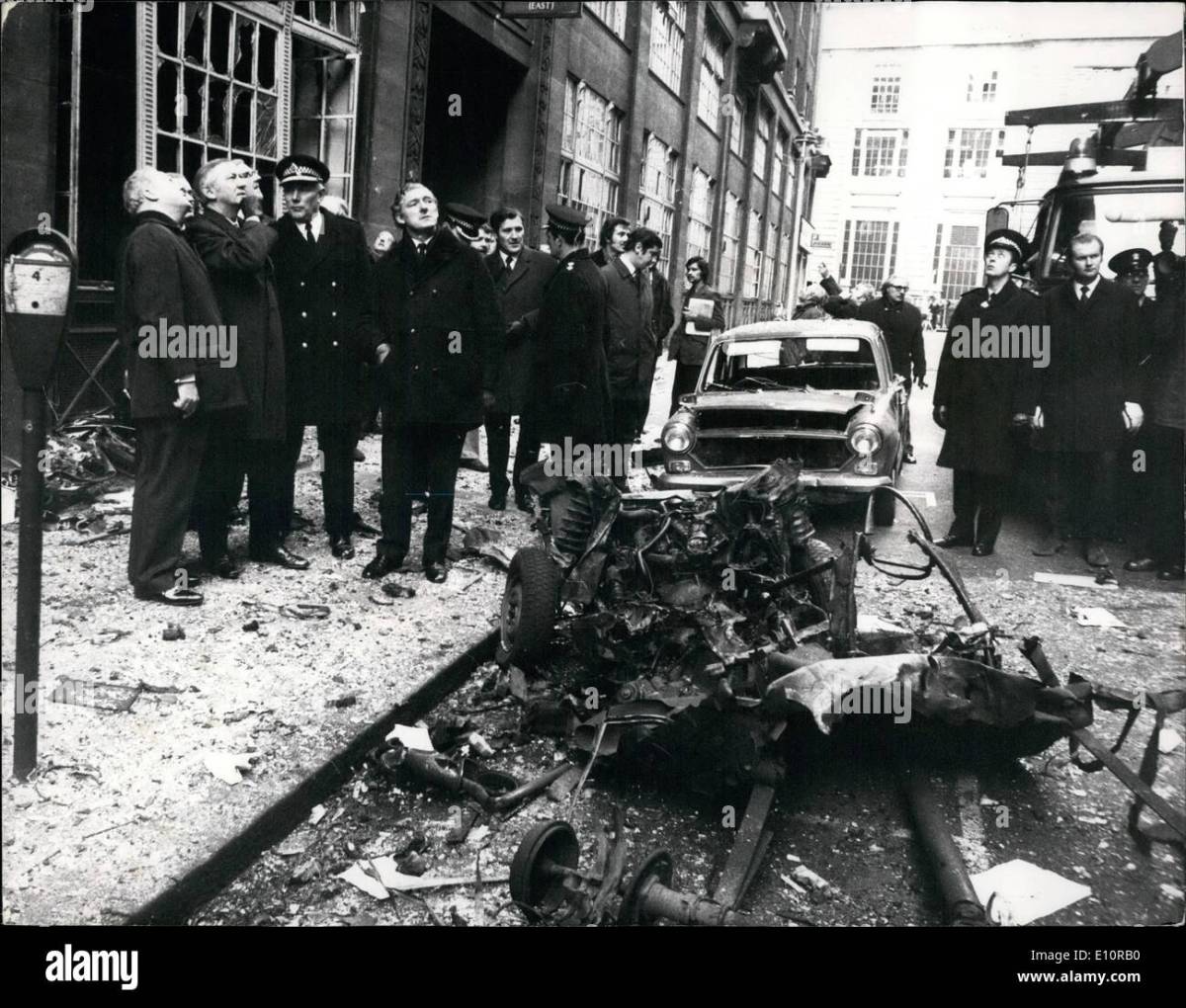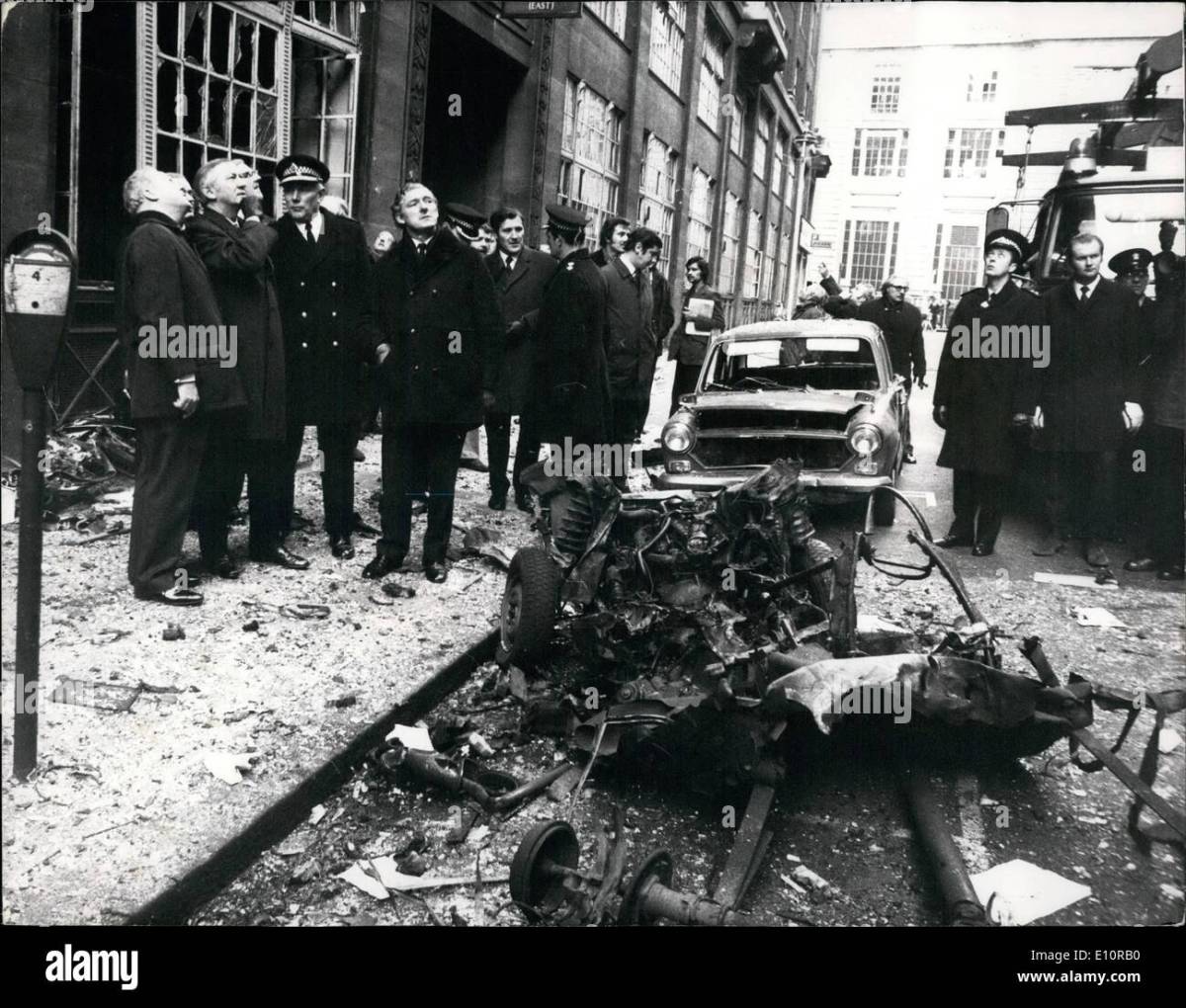Car blown up in bomb scare near Regent Street ‘had its phone’. This shocking incident near London’s bustling Regent Street sent ripples of fear and confusion. Eyewitnesses described a chaotic scene of immediate panic following a loud explosion. A crucial detail emerged: a mobile phone was found near the destroyed vehicle. The discovery raises many questions: was the phone a detonator, a communication device used by the perpetrators, or simply a tragic coincidence?
This article delves into the investigation, the public reaction, and the implications of this unsettling event.
So, a car blew up near Regent Street during a bomb scare – crazy, right? And get this, investigators found a phone inside the vehicle. It’s a total mystery, but hey, at least it’s less dramatic than the Milwaukee Bucks game where, according to Khris Middleton scores 8 while coming off bench in Bucks win – ESPN , Middleton only managed 8 points.
Back to the bomb scare though, analyzing that phone could be key to solving the whole thing.
We’ll explore the initial reports, the police investigation including bomb disposal procedures and forensic analysis, and the potential motives behind the attack. We’ll also look at the media coverage, public reaction, and what security measures might prevent future incidents like this. The phone’s role remains a central mystery, and its significance will be analyzed throughout.
Car Bomb Scare Near Regent Street: Car Blown Up In Bomb Scare Near Regent Street ‘had Its Phone

A car exploded near Regent Street, causing a significant security scare and prompting a swift response from emergency services. The incident, which involved a vehicle seemingly rigged with an explosive device, raised concerns about potential motives and the effectiveness of current security measures in the area. The discovery of a mobile phone near the blast site adds a layer of complexity to the investigation.
Incident Description and Initial Reports
The explosion occurred on a busy weekday afternoon near Regent Street, a popular shopping and tourist destination. Initial reports described a loud bang followed by plumes of smoke and debris. Eyewitnesses recounted scenes of panic and confusion, with people scattering and seeking shelter. Emergency services, including police, fire crews, and paramedics, arrived rapidly at the scene, establishing a security cordon to control the area and secure the immediate vicinity.
So, that car blown up near Regent Street? Crazy, right? Imagine the phone inside – probably fried. It makes you think about survival, like in that article about James Woods escaping a wildfire – check it out: ‘God was with him’: Actor James Woods describes harrowing wildfire. His story really puts things in perspective; that phone in the blown-up car suddenly seems less important, doesn’t it?
The timeline suggests the incident began with the discovery of a suspicious vehicle, followed by the explosion within minutes, with emergency services arriving within 10-15 minutes of the initial reports.
The “Phone” Aspect of the Incident
The presence of a mobile phone near the blast site is a key element of the investigation. Several scenarios are being considered. The phone could have been used as a detonator, a communication device to coordinate the event, or it could be entirely unrelated, perhaps dropped by a bystander amidst the chaos. One hypothetical scenario involves the phone being connected to a timer device within the car, triggered remotely or set to detonate at a specific time.
This would require further forensic analysis to confirm or refute.
Investigation and Law Enforcement Response
Following the explosion, a comprehensive investigation was launched. Standard bomb scene procedures were followed, including securing the area, collecting evidence, and meticulously documenting the scene. Forensic experts analyzed the remnants of the explosive device, the vehicle itself, and the mobile phone for fingerprints, DNA, and other traces that could lead to the perpetrator. Bomb disposal experts systematically examined the vehicle and surrounding area to ensure no further explosive devices were present.
- Securing the perimeter and evacuating the immediate area.
- Collecting physical evidence, such as fragments of the explosive device, vehicle parts, and the mobile phone.
- Documenting the scene through photography and videography.
- Conducting forensic analysis of collected evidence.
- Analyzing CCTV footage from nearby buildings.
- Interviewing eyewitnesses and gathering statements.
Public Reaction and Media Coverage
Social media was flooded with posts from eyewitnesses, sharing their experiences and expressing shock and concern. News outlets reported extensively on the incident, providing updates on the investigation and offering analysis from security experts. The media’s coverage played a crucial role in informing the public and shaping public perception, similar to past incidents like the 2017 Manchester Arena bombing.
The quick dissemination of information via social media contrasted with the slower reporting cycles of traditional media in some previous events.
Potential Motives and Suspects

Several motives are being investigated. Terrorism is a possibility, given the nature of the attack and the location. A personal vendetta or an accidental explosion resulting from mishandling of explosives are other potential scenarios. A suspect profile would likely focus on individuals with access to explosives, knowledge of bomb-making techniques, and a potential motive for targeting the area.
Identifying and apprehending the perpetrators poses significant challenges, particularly if the perpetrator(s) planned the attack meticulously and took steps to avoid detection.
Security Implications and Future Preventative Measures

The incident highlights vulnerabilities in security around Regent Street and similar high-traffic areas. Enhanced security measures are needed to mitigate the risk of future attacks. These could include increased police patrols, improved CCTV surveillance, and the implementation of vehicle barriers or checkpoints.
| Security Measure | Estimated Cost | Potential Effectiveness | Implementation Timeline |
|---|---|---|---|
| Increased police patrols | High | Moderate | Short-term |
| Improved CCTV surveillance | Medium | High | Medium-term |
| Vehicle barriers/checkpoints | High | High | Long-term |
| Enhanced bomb detection technology | Very High | High | Long-term |
Illustrative Description of the Scene, Car blown up in bomb scare near Regent Street ‘had its phone
The explosion caused significant damage to the immediate vicinity. The car was completely destroyed, with fragments scattered across a wide radius. Nearby buildings sustained shattered windows and minor structural damage from the blast wave. Before the event, the area was bustling with shoppers and pedestrians, a typical scene for a busy weekday afternoon. After the explosion, the area was transformed into a scene of chaos and destruction, with emergency vehicles dominating the landscape and a heavy police presence.
The visual impact was dramatic. Eyewitnesses described a bright flash followed by a deafening roar. The air was filled with the smell of burning metal and smoke, adding to the sense of panic and fear. The scene was a stark contrast to the usual vibrant atmosphere of Regent Street.
Last Point
The bomb scare near Regent Street, leaving a car destroyed and a phone behind, underscores the vulnerability of even seemingly secure urban environments. While the investigation continues, the incident serves as a stark reminder of the potential for both deliberate and accidental attacks. The phone’s role remains a key piece of the puzzle, and its analysis will likely play a crucial role in determining the true nature of this event.
So, a car blew up near Regent Street – bomb scare, right? Crazy stuff. And get this, investigators found a phone inside the wreckage; it’s a key piece of evidence, but meanwhile, check out this awesome game recap: Starting 5, Jan. 9: Cavs outlast Thunder in epic heavyweight bout. Back to the car bomb, though – forensics are now analyzing that phone to see what they can find.
The aftermath necessitates a renewed focus on enhancing security measures to mitigate the risk of future incidents, ensuring the safety and security of the public.
Frequently Asked Questions
What type of car was destroyed?
This information is not yet publicly available.
Were there any injuries?
The extent of injuries, if any, hasn’t been officially released.
What kind of phone was it?
The make and model of the phone haven’t been disclosed.
Has anyone been arrested?
No arrests have been publicly announced at this time.
